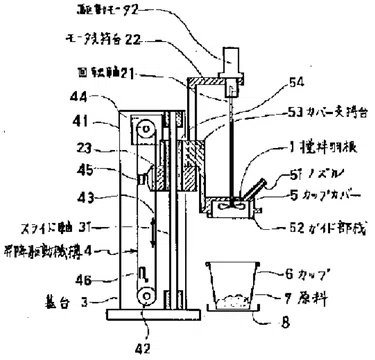Damages experts in patent infringement cases typically rely upon the Georgia-Pacific factors to guide their reasonable royalty analysis. Those factors are designed to predict the result of a hypothetical (and thus, fictional) negotiation between the parties, had the parties been willing participants in such a negotiation. But it is important to remember that the starting point for the application of the Georgia-Pacific factors must be tied to the facts of the case, like the factors themselves.
Late last week, Judge Andrews excluded a plaintiff's damages expert for his use of a 50/50 starting point for the hypothetical negotiation that was not sufficiently linked to the facts, as required by Federal Rule of Evidence 702.
The issue came to Judge Andrews...





